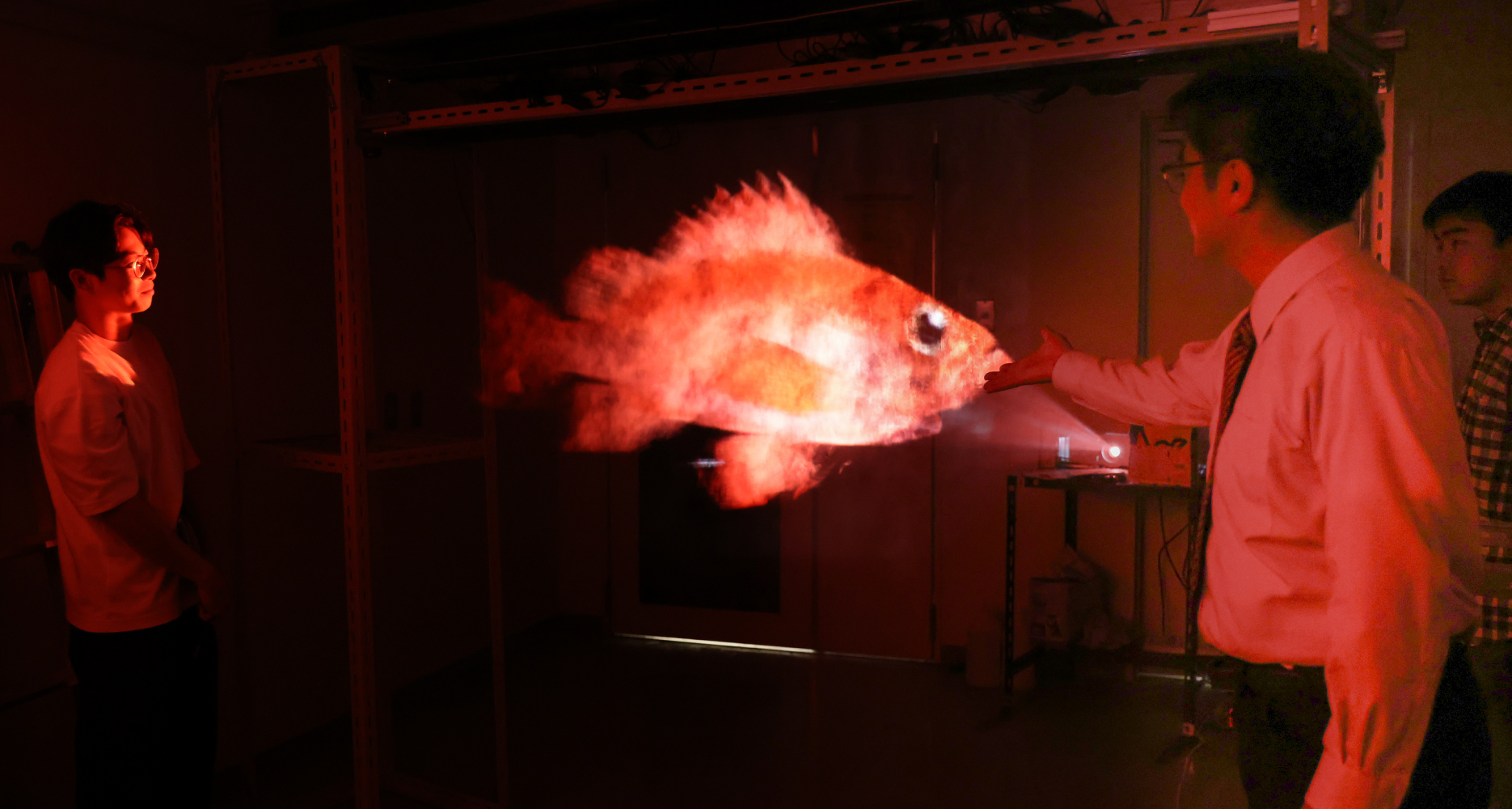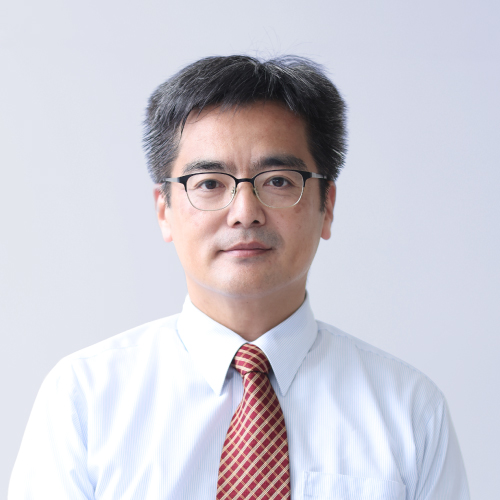
Seven Degree ProgramsOptical Science Program
Under the fields of Optical Functional Materials, Optical Information Systems, and Optical Measurement, this program focuses on interdisciplinary scientific and technological fields, ranging from physics, electrical and electronic engineering, information engineering, intelligent engineering, mechanical engineering, to chemistry, with an emphasis on optical science. The goal is to deepen expertise in optical science while fostering the ability to explore and solve problems by integrating knowledge from various fields. This will help develop highly skilled engineers and researchers who can engage in advanced “manufacturing” and contribute to the formation of a safe, secure, comfortable, and sustainable next-generation society.
The program builds on optical science and optical engineering, while emphasizing the need for high-level specialization and complex problem-solving. Students will contribute to cutting-edge advancements in nanophotonics, optical functional materials, photonic networks, 3D imaging, high spatiotemporal resolution imaging, and medical imaging technologies. The program aims to cultivate creative professionals with strong research capabilities, and individuals equipped with advanced knowledge and technological development skills.
- Target Fields of This Program
-
- Optical Functional Materials Field
- Optical Information Systems Field
- Optical Measurement Field

Achieving Health Through Food for Everyone:
Connecting the Understanding of Food to Health
The Dramatic Advancement and New Possibilities of Imaging Technology
Recent developments in imaging technology have drawn attention to innovations such as head-mounted displays, AR glasses, large LED displays on street corners, and production technologies like Generative AI. Considering that NHK began Japan’s first black-and-white television broadcasts in 1953, it’s remarkable how much technology has evolved over the past 70 years. Given these advancements, one might wonder: Is imaging technology now sufficient for you and the world?
Despite these breakthroughs, the potential for further progress is vast, offering new possibilities and applications in areas such as virtual reality, augmented reality, and interactive media. The future of imaging technology holds the promise of even more immersive and transformative experiences, continuing to push the boundaries of what is possible.
From Flat to Three-Dimensional: The Challenge of 3D Image Display
Although the majority of objects in the world are three-dimensional, flat image technology remains the mainstream in imaging. If we could display three-dimensional objects that appear just like the real thing, it would represent a significant evolution in the field of imaging technology. However, achieving this comes with many challenges.
To display three-dimensional objects, we need technology capable of controlling light in large, meter-scale spaces. Additionally, the information displayed is not traditional flat images, but rather the light information that propagates in three-dimensional space. Since controlling and processing this type of information can place a high load on the system, it becomes crucial to also understand human three-dimensional perception abilities. This understanding will help optimize and streamline the technology, allowing for practical and effective implementation of 3D imaging systems.
Creation of 3D Images Using Holography Technology
One of the technologies for controlling light at the nanometer scale is holography. Invented in 1948, holography is now evolving through the integration with high-performance computers and high-density electronic devices, making it easier to design and produce holograms. It is expected to progress beyond static 3D images to include dynamic 3D images as well.
While holography is expected to display 3D images without blur, there are still significant technological challenges to overcome, particularly in manufacturing technology and computational technology. Tokushima University is conducting research on holograms, focusing on servo motor-driven manufacturing technology and the use of GPU-based ray tracing for computational technology.
The university is also investigating how accurately humans can perceive 3D images suspended in mid-air and researching effective ways to present these images in an easily perceivable manner. In addition, a wide range of other imaging technologies are also being explored.
From AR Glasses to Contact Lens Displays
As research progresses, it is expected that we will not only be able to develop AR glasses but also contact lens-type displays. Since these technologies can display 3D images with great flexibility, they hold significant potential for applications in various fields, including medicine and beyond. The ability to seamlessly integrate such displays into everyday life could revolutionize how we interact with digital information and improve healthcare technologies.
Strengths and Prospects of Optical Technology Research at Tokushima University
Tokushima University offers a comprehensive study of light through its Optical Systems Course, which is led by a diverse group of optical technology researchers. The university also hosts the Medical-Optical Integration Program, which aims to create new value through the fusion of medicine and optical technologies. In addition to optical research, a wide variety of researchers from different scientific fields are part of the university’s faculty.
Leveraging this rich and diverse research environment, the university is well-positioned to tackle many challenges and is dedicated to creating innovative imaging technologies that can benefit various industries, including healthcare and beyond. The university’s approach fosters cross-disciplinary collaboration, opening new avenues for groundbreaking research in optical technology and its applications.

Yamamoto KenjiProfessor
Looking at the world, the IT and imaging sectors are thriving. It is said that with a Doctorate degree, securing a job at a major company in the U.S. could lead to an initial salary of around 30 million yen, and as a manager, one’s annual salary could reach 80 million yen. Unfortunately, we are in an era where capable individuals are no longer coming to Japan for employment, but rather, talented Japanese professionals are now seeking opportunities globally. This shift is unfortunate, but it is undeniable. In such times, to lead a rich and fulfilling life, I strongly recommend the Doctoral course for exceptional students.




